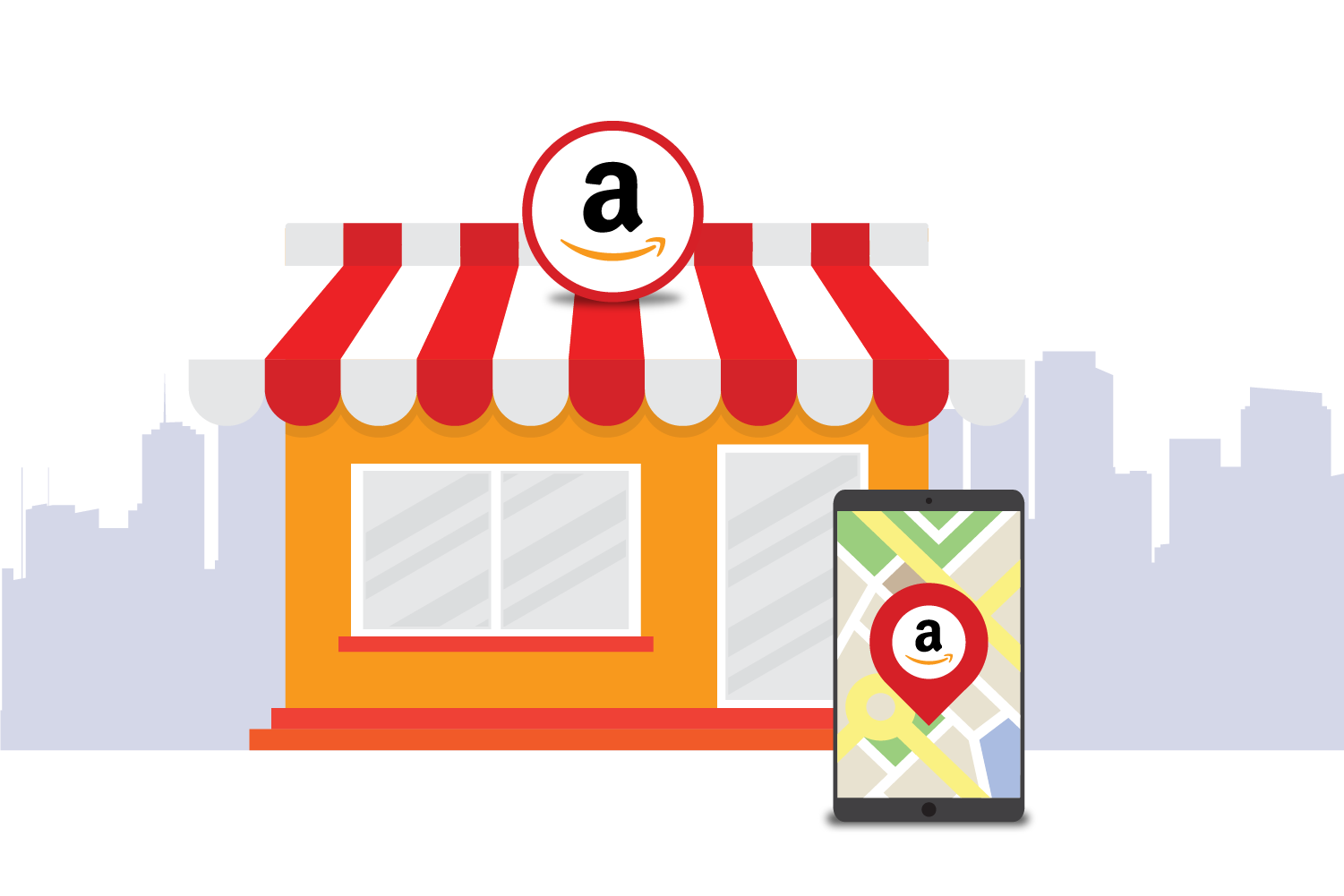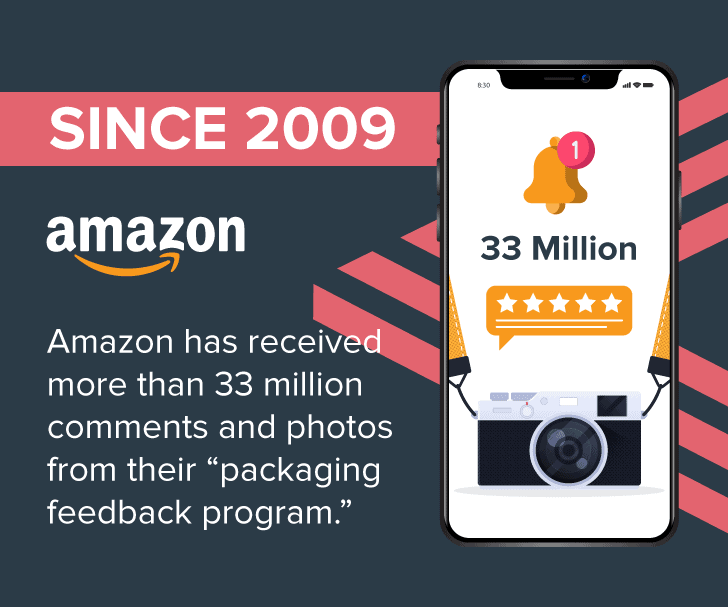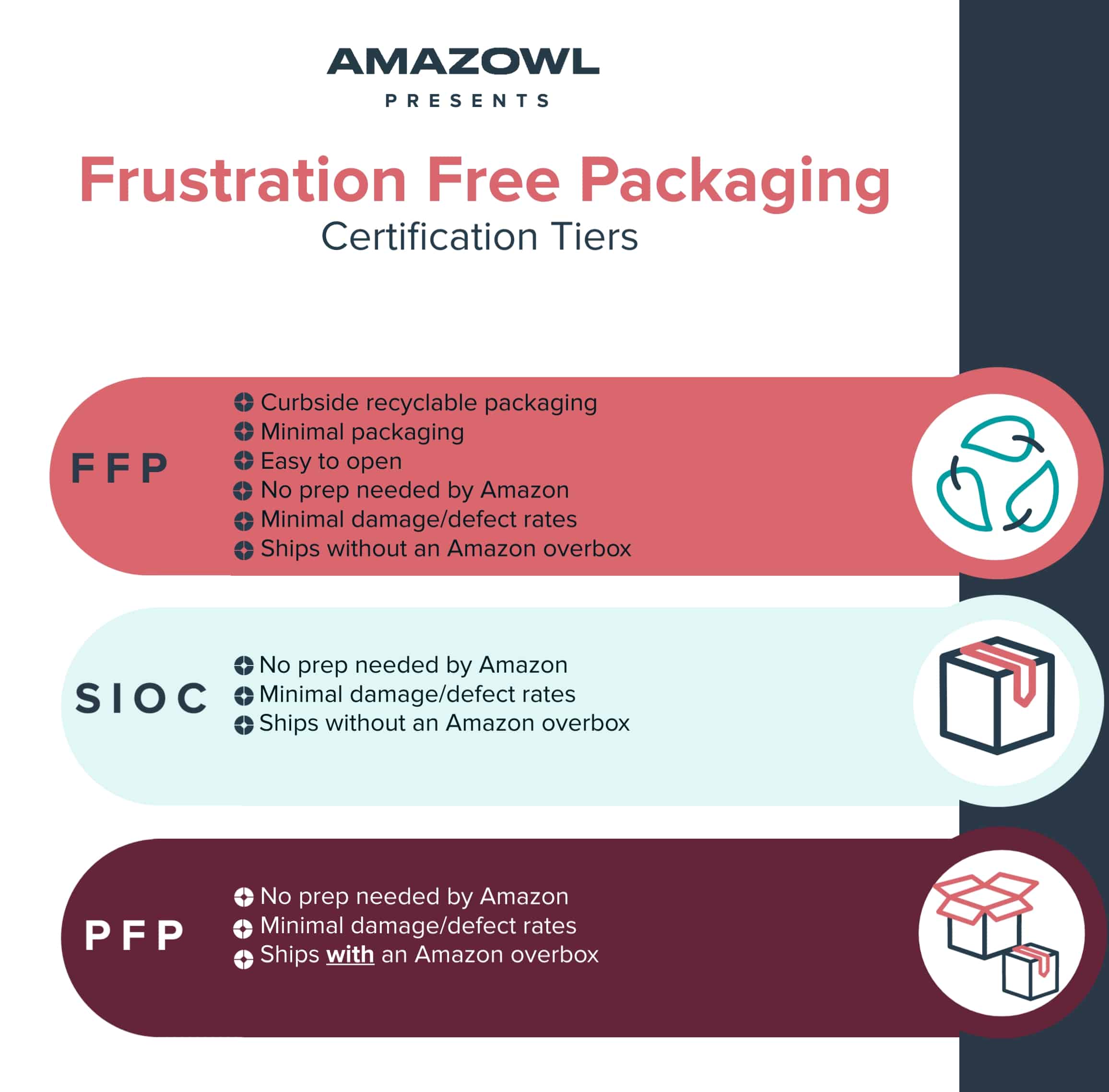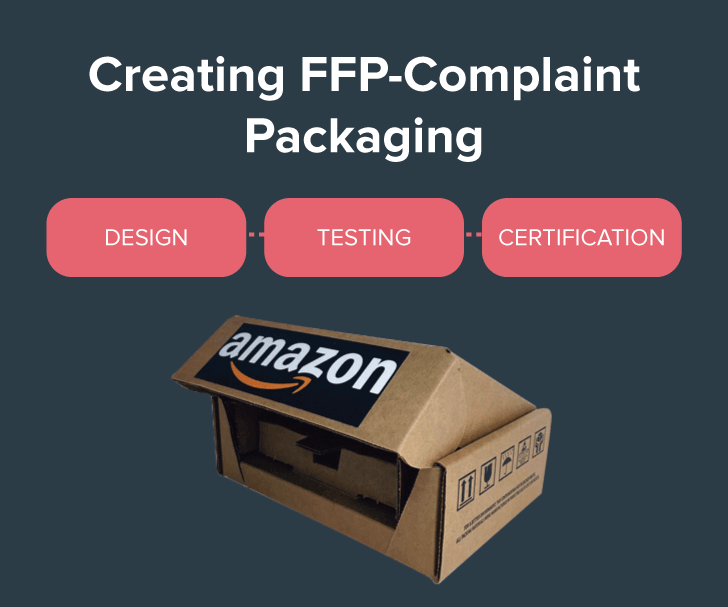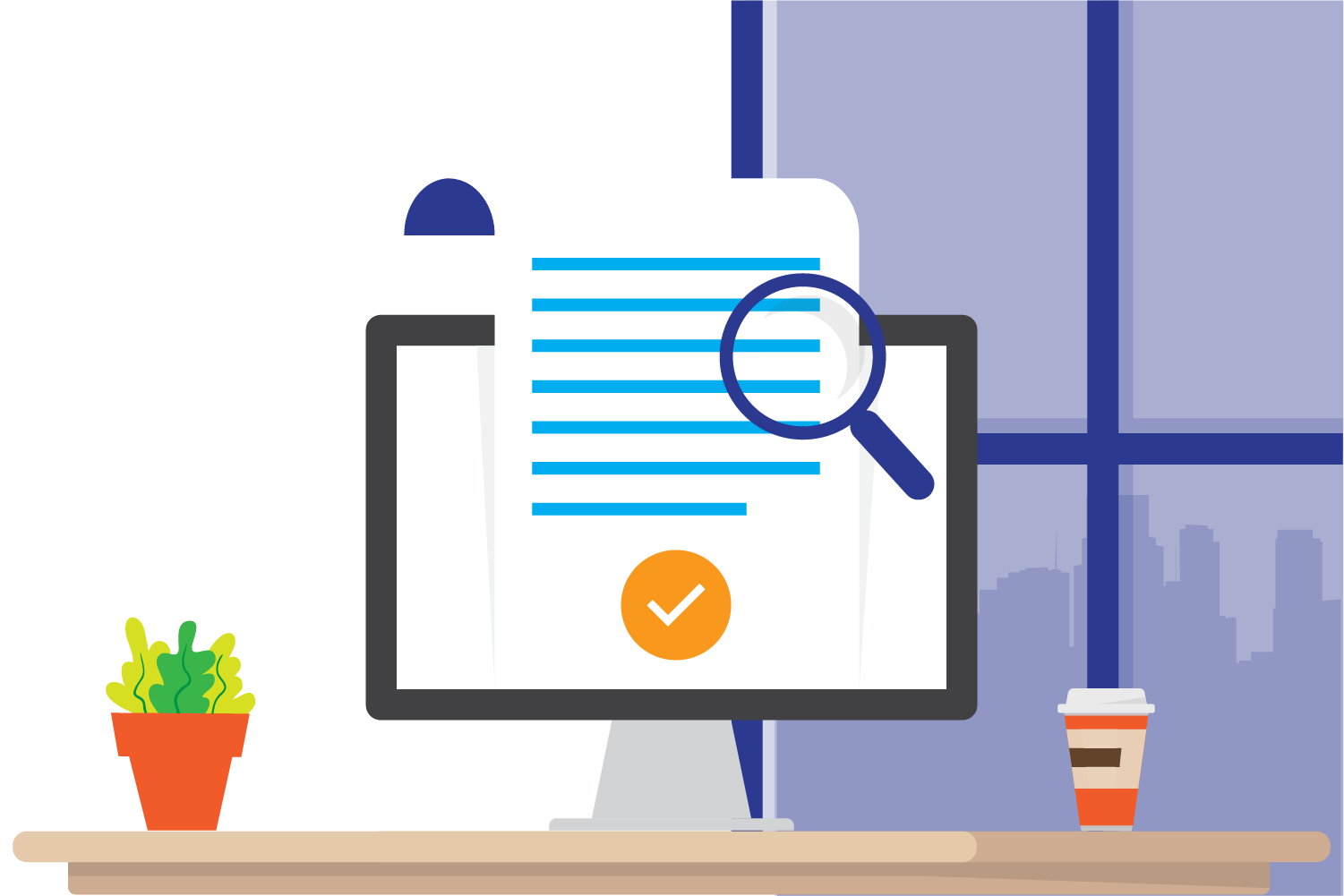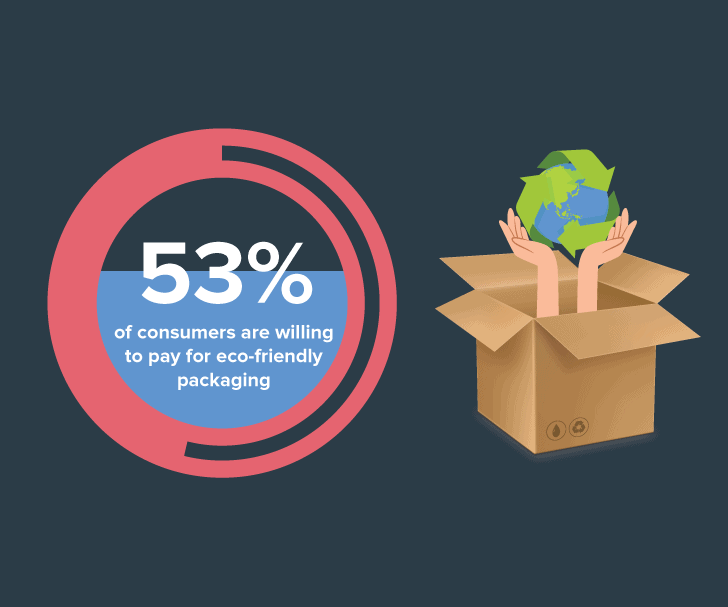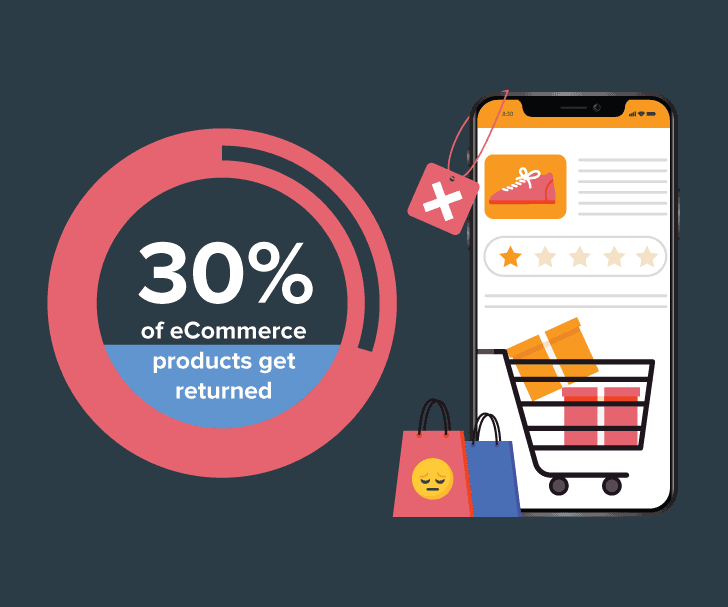Consumers desire the best of both worlds – products shielded from damage as items travel through the supply chain to their doorsteps and orders shipped with the least amount of packaging possible.
Sadly, most eCommerce packaging doesn’t satisfy this need today. Rather, eCommerce packaging is a retail-ready package stuffed into a plain corrugated box similar to an Amazon box with a few extra pillows to reduce the blows the product may receive during shipping.
Because of this, over-packing is now a major issue in the eCommerce industry and has initiated a drive to deliver a fresh packaging experience to consumers globally.
Due to the limitless rise of the eCommerce sector a solution had to be sought out. For example, statistics from the US Commerce Department reveals that in 2019, eCommerce sales alone accounted for $601.75 billion, or 16% of the total retail market. And represented over half of all growth in retail revenue in the same year.
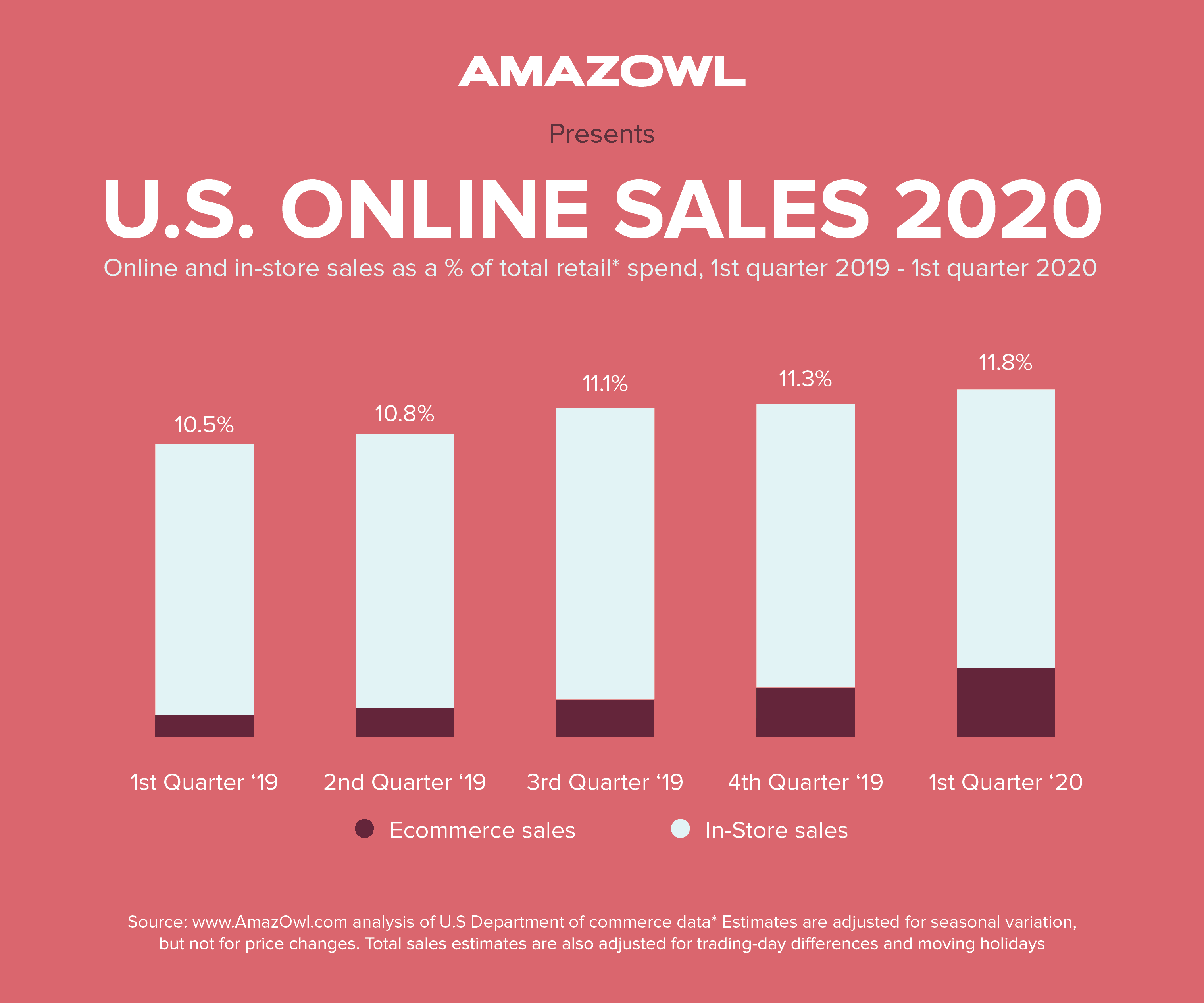
Internet Retailer also revealed that in 2019, the overall value of consumer sales on Amazon.com in the United States hit $221.95 billion. This was 25.3% higher than in 2018 and ultimately accounted for 36.9% of all online retail in the United States.
Being such a major player in the eCommerce space, and driven by its vision to be customer-obsessed, plus a core value of ownership, the online retail giant, Amazon, over a decade ago, set out to transform the way its packaging and its vendors packaging affected the environment.
Amazon sought to achieve this by introducing the Amazon Frustration-Free initiative in 2008.
As of 2017, the initiative had canceled-out over 215,000 tons of packaging materials. Amazon also avoided the use of 360 million boxes in the same year and 500 million boxes by 2019 and decreased total packaging waste by 16%.
11 years later from the launch of the Frustration-Free Packaging in 2008, Amazon took the next step to further the initiative and began charging its vendors $1.99 for any primary ASIN that doesn’t satisfy its Tier 1 and Tier 2 Frustration-Free Packaging guidelines on the 1st of August 2019.
While it’s tempting to believe that this shift is solely a strategy by Amazon to cut down its operating costs, there’s a lot more to it.
It provides you with an opportunity to re-examine your business’s entire packaging system to identify excellent cost-saving ideas and give your consumers a more sustainable packaging experience.
The Amazon Frustration-Free Packaging guidelines are extensive and this piece is crafted to assist you to have a better understanding of Amazon’s requirements. The idea is to make packaging redesign a lot less daunting.
With that said, let’s dive right into it.
